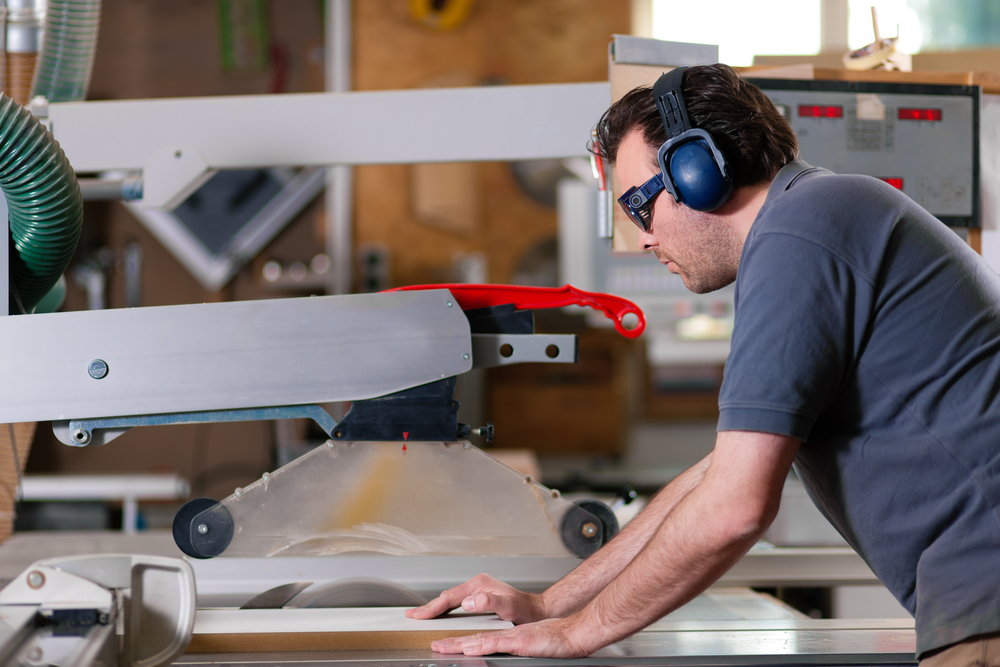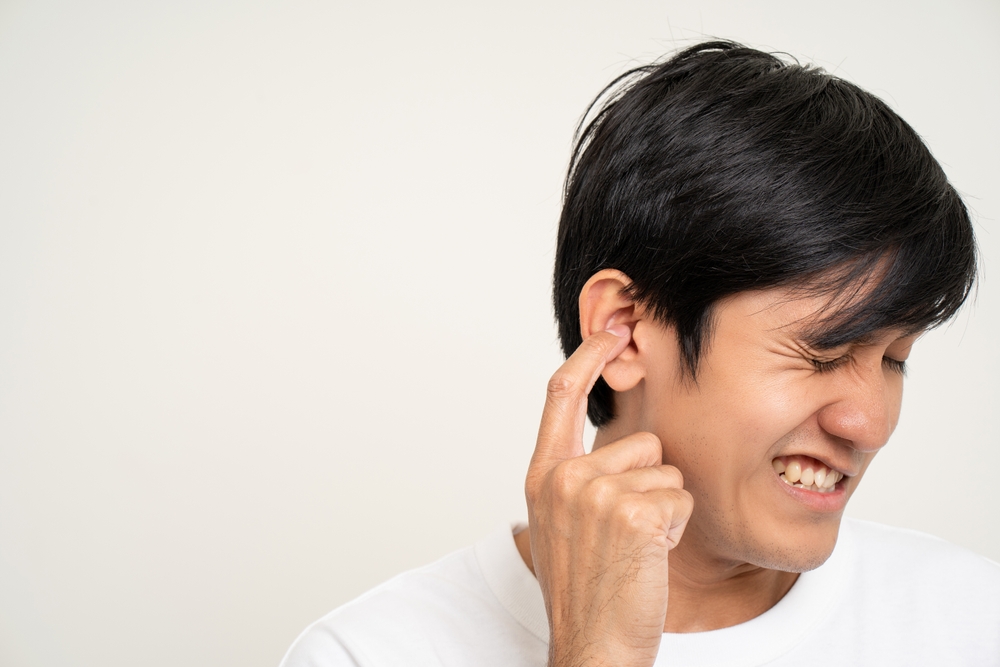Prolonged exposure to noise can take a serious toll on your hearing health, especially in environments where sound levels exceed safe thresholds. Protecting your ears is crucial—not only for preventing hearing loss but also for maintaining focus in noisy settings. So, how do you determine the right level of hearing protection for your needs?
Understanding noise levels and their impact
The effects of noise exposure aren’t just about volume but also the duration of exposure. The key measurement for understanding noise levels is decibels (dB), a unit used to quantify sound intensity. When sound levels reach 85 dB or higher, they can begin to harm your hearing, especially with prolonged exposure.
For context, 85 dB is equivalent to the noise level of city traffic heard from inside a car. While this may not seem overly loud, continuous exposure for eight hours can start to damage your hearing. The louder the sound, the shorter the safe exposure time:
- 90 dB (Lawnmower): Up to 4 hours of exposure can be harmful.
- 100 dB (Power tools): Limit exposure to 1 hour or less.
- 110 dB (Leaf blower): Just 15 minutes of exposure can cause damage.
- 120 dB (Rock concert): Any exposure at this level can damage your hearing.
- 140 dB (Jet engine): Immediate damage and pain can occur.
Identifying hazardous noise levels
If you’re regularly exposed to noise levels of 85 dB or more, wearing hearing protection is essential. This is particularly true in workplaces like construction sites, factories, or any environment where machinery, tools, or equipment produce excessive noise.
Even outside of work, there are situations where hearing protection can be beneficial—attending concerts, using leaf blowers, or engaging in recreational shooting sports are all activities that can expose you to dangerous noise levels.
Selecting hearing protection: Noise Reduction Ratings (NRR)
The effectiveness of hearing protection is measured by its Noise Reduction Rating (NRR). This rating indicates how much sound the device can block, measured in decibels. Higher NRR values provide greater protection. For example, earplugs with an NRR of 30 dB can reduce an 85 dB noise level to 55 dB, keeping you well within safe exposure limits.
When selecting hearing protection, consider the specific noise levels you’re exposed to and ensure your choice provides enough reduction to stay below the 85 dB threshold.
Comfort matters: the key to consistent protection
While the NRR is a critical factor, comfort plays an equally significant role in ensuring long-term use. If hearing protection feels uncomfortable or cumbersome, you may be tempted to remove it—leaving your ears vulnerable to harmful noise.
Comfortable hearing protection encourages consistent use, reducing the risk of intermittent exposure. For instance, if earmuffs are too heavy or cause discomfort, you may find yourself removing them periodically, exposing your ears to dangerous noise levels.
What are the types of hearing protection?
Hearing protection comes in several forms, each with its pros and cons:
- Foam Earplugs: These sit inside the ear canal and offer excellent noise reduction. They’re lightweight and disposable but may feel uncomfortable for some users.
- Pre-Molded Earplugs: These rest just outside the ear canal and are reusable, making them a more sustainable option. They’re easier to insert and remove compared to foam earplugs.
- Earmuffs: Earmuffs cover the entire ear and are ideal for environments with fluctuating noise levels, as they’re easy to put on and take off. However, they may feel heavy or warm during extended use.
Choosing the right type depends on your preferences and the demands of your environment. For example, workers in construction may prefer the convenience of earmuffs, while factory employees might opt for earplugs for all-day wear.
Ensuring consistent use
The most effective hearing protection is the one you’ll wear consistently. Any lapse in use, even for a few minutes, can have long-term consequences for your hearing health. For this reason, finding a solution that balances protection, comfort, and convenience is crucial.
Protect your hearing for the long haul
Noise is a constant presence in our lives, but with the right hearing protection, you can safeguard your ears while continuing to enjoy the sounds around you.
Find a hearing specialist near you to discuss your risk for noise-related hearing loss and how to best protect your hearing health.



